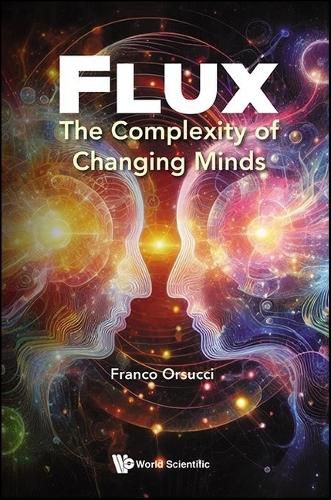Readings Newsletter
Become a Readings Member to make your shopping experience even easier.
Sign in or sign up for free!
You’re not far away from qualifying for FREE standard shipping within Australia
You’ve qualified for FREE standard shipping within Australia
The cart is loading…






This book lays the groundwork for complexity science in human dynamics and evidence-based change methods. It delves into the emergence of organization in complex systems and self-organization. Biosemiotic hybrid networks, crucial in human dynamics, require a multidisciplinary approach. A science of emotions is vital in integrating molecular biology, physiology, biomechanics, language, and social interactions. The embodied plural Self, rooted in core emotions, forms personal identity. Interpersonal physiology sheds light on intersubjective couplings, with pattern formation, ruptures, repairs, and phase transitions marking change dynamics. Pattern recognition and dynamics are vital for understanding human systems' complexity and flux. Patterns are organized in networks that interact in coupling and decoupling through chimera states. Self-organized criticality, dissonance, consonance, entropy fluctuations, and free information drive these transitions. Guided self-organization keeps complex human systems thriving and can readjust disharmonic maladaptive structures. The destination transcends rationalism through relational quantum epistemology.
$9.00 standard shipping within Australia
FREE standard shipping within Australia for orders over $100.00
Express & International shipping calculated at checkout
This book lays the groundwork for complexity science in human dynamics and evidence-based change methods. It delves into the emergence of organization in complex systems and self-organization. Biosemiotic hybrid networks, crucial in human dynamics, require a multidisciplinary approach. A science of emotions is vital in integrating molecular biology, physiology, biomechanics, language, and social interactions. The embodied plural Self, rooted in core emotions, forms personal identity. Interpersonal physiology sheds light on intersubjective couplings, with pattern formation, ruptures, repairs, and phase transitions marking change dynamics. Pattern recognition and dynamics are vital for understanding human systems' complexity and flux. Patterns are organized in networks that interact in coupling and decoupling through chimera states. Self-organized criticality, dissonance, consonance, entropy fluctuations, and free information drive these transitions. Guided self-organization keeps complex human systems thriving and can readjust disharmonic maladaptive structures. The destination transcends rationalism through relational quantum epistemology.